 Business Solutions
Business Solutions

27 April, 2023

Do you intend your business processes to go on autopilot? Are you tired of manual, time-consuming tasks that leave you with little time for strategic planning and growth? If so, know that you are in the giant struggling tier along with lots of businesses.
And you must hear about the spicy words- Business Software Solutions. It’s your lucky day that you are just right in the edge of knowing the big game changer in the industry. Put your seat belt on, you are now about to take off and enter the world of business automation.
The popular digital customer management handlers about to be discussed here can be the tramp card to automate your workflows. Just have your comparison reflex ready because you have to pick the suitable one that transforms your business.
REVE Chat is a live chat and customer engagement software that was launched in 2015. Since then, the company has grown rapidly and currently serves over 10,000 customers in 100+ countries. REVE Chat offers a wide range of features, including live chat, video chat, voice chat, co-browsing, and chatbot integration. The software is easy to use and can be customized to suit the specific needs of businesses of all sizes.

Salesforce is a popular customer relationship management (CRM) software that was launched in 1999. Since then, the company has grown into one of the largest CRM providers in the world, serving over 150,000 customers worldwide. Salesforce offers a wide range of features, including sales automation, customer service, marketing automation, and analytics.

This is an accounting software that was launched in 1983. The software has since grown to become one of the most popular accounting solutions for small businesses, serving over 7 million customers worldwide. QuickBooks offers a wide range of features, including invoicing, expense tracking, and payroll management.
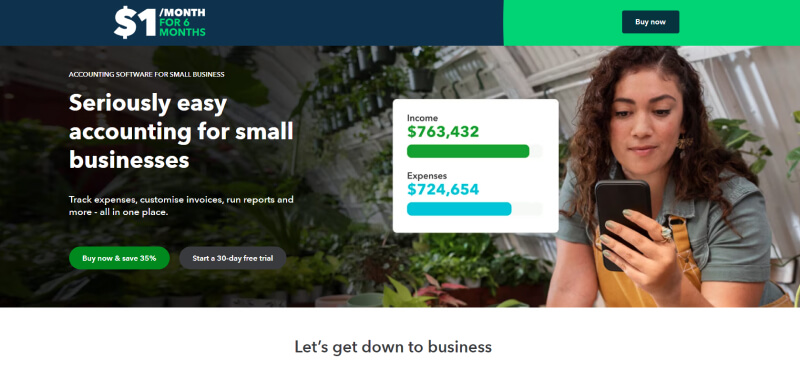
Trello is a project management software that was launched in 2011. The software has since grown to become one of the most popular project management tools on the market, serving over 35 million registered users. Trello offers a wide range of features, including boards, lists, and cards to help users organize and manage their projects.
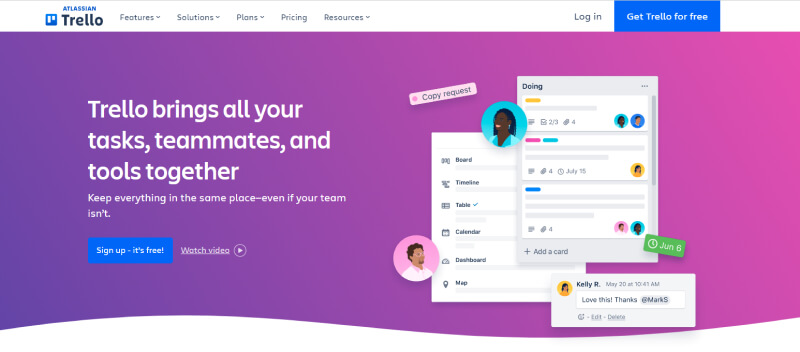
This team communication and collaboration software was launched in 2013. The software has since grown to become one of the most popular team collaboration tools on the market, serving over 12 million daily active users. Slack offers a wide range of features, including chat channels, file sharing, and integrations with other software tools.

This is a social media management software that was launched in 2008. The software has since grown to become one of the leading social media management tools, serving over 18 million customers worldwide. Hootsuite offers a wide range of features, including social media scheduling, monitoring, and analytics.
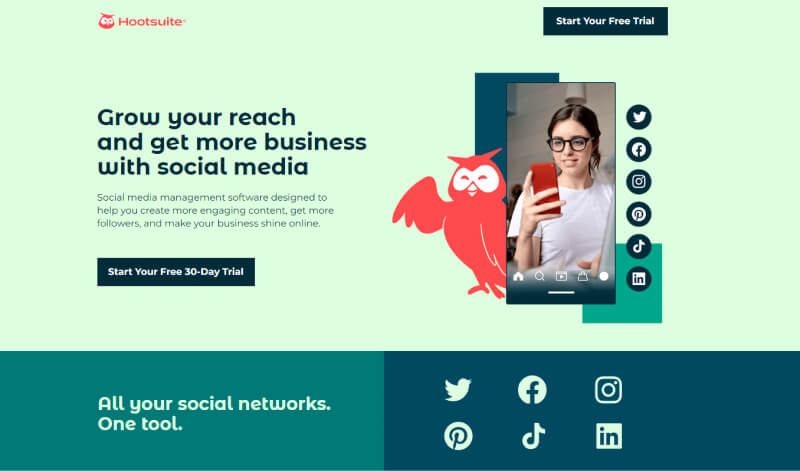
This video conferencing software was launched in 2013. The software has since grown to become one of the most popular video conferencing tools on the market, serving over 300 million daily meeting participants. Zoom offers a wide range of features, including video conferencing, screen sharing, and virtual backgrounds.

This is an all-in-one marketing, sales, and service software that was launched in 2006. The software has since grown to become one of the most popular marketing and sales automation tools, serving over 100,000 customers in over 120 countries. Hubspot offers a wide range of features, including marketing automation, customer relationship management, and sales pipeline management.
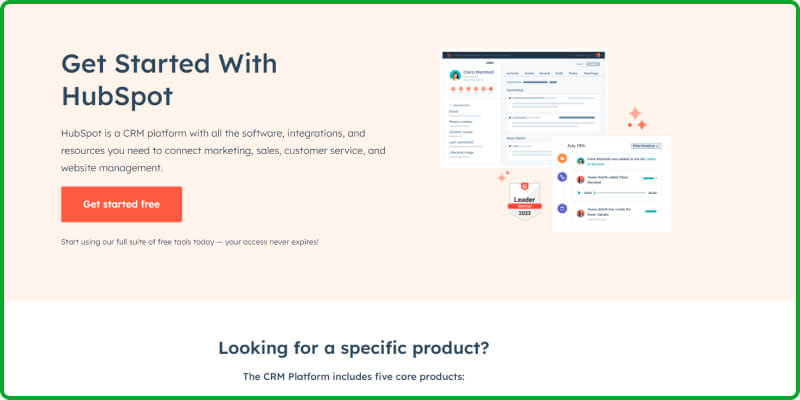
This is a project and task management software that was launched in 2008. The software has since grown to become one of the most popular project management tools, serving over 75,000 paying customers and millions of free users. Asana offers a wide range of features, including project tracking, task management, and team communication.
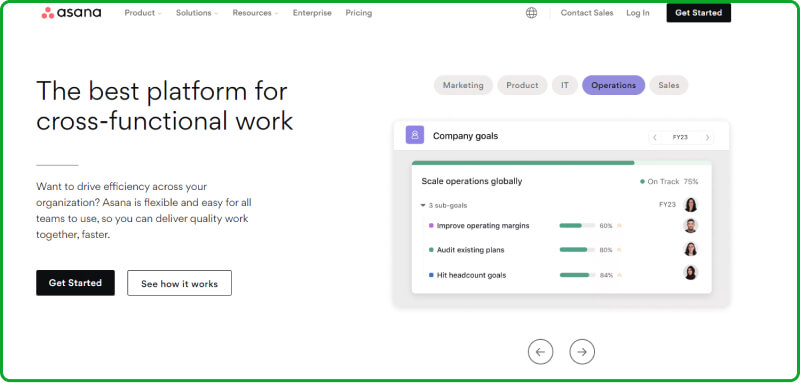
This is a team communication and collaboration software that was launched in 2017. The software has since grown to become one of the most popular team collaboration tools, serving over 145 million daily active users. Microsoft Teams offers a wide range of features, including chat channels, video conferencing, and integrations with other Microsoft tools.
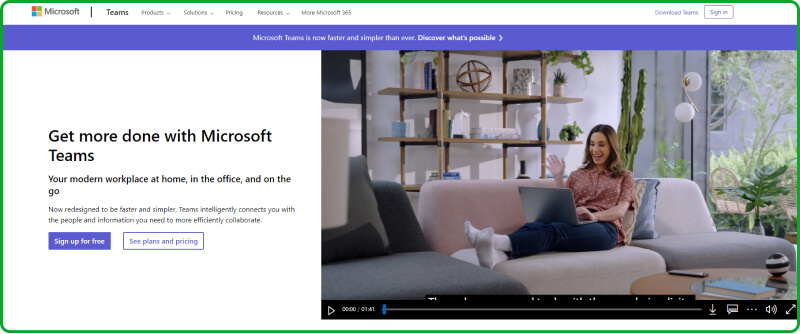
With progressive steps of technological advancement, Business needs have been evolving with time. Identifying the right business software solutions has become inevitable to keep pace with the race of industry.
Business people are struggling to understand the current and future requirements of the business, analyze existing processes, and identify the gaps and areas that need improvement.
The evaluation process should consider factors such as budget, technical requirements, scalability, security, and user experience. Once the business needs have been defined, it is important to research and compare different software solutions to determine which one best meets the organization’s requirements.
So, involve all stakeholders in the evaluation process for the decision of the digital solution that aligns with the organization’s goals and objectives.